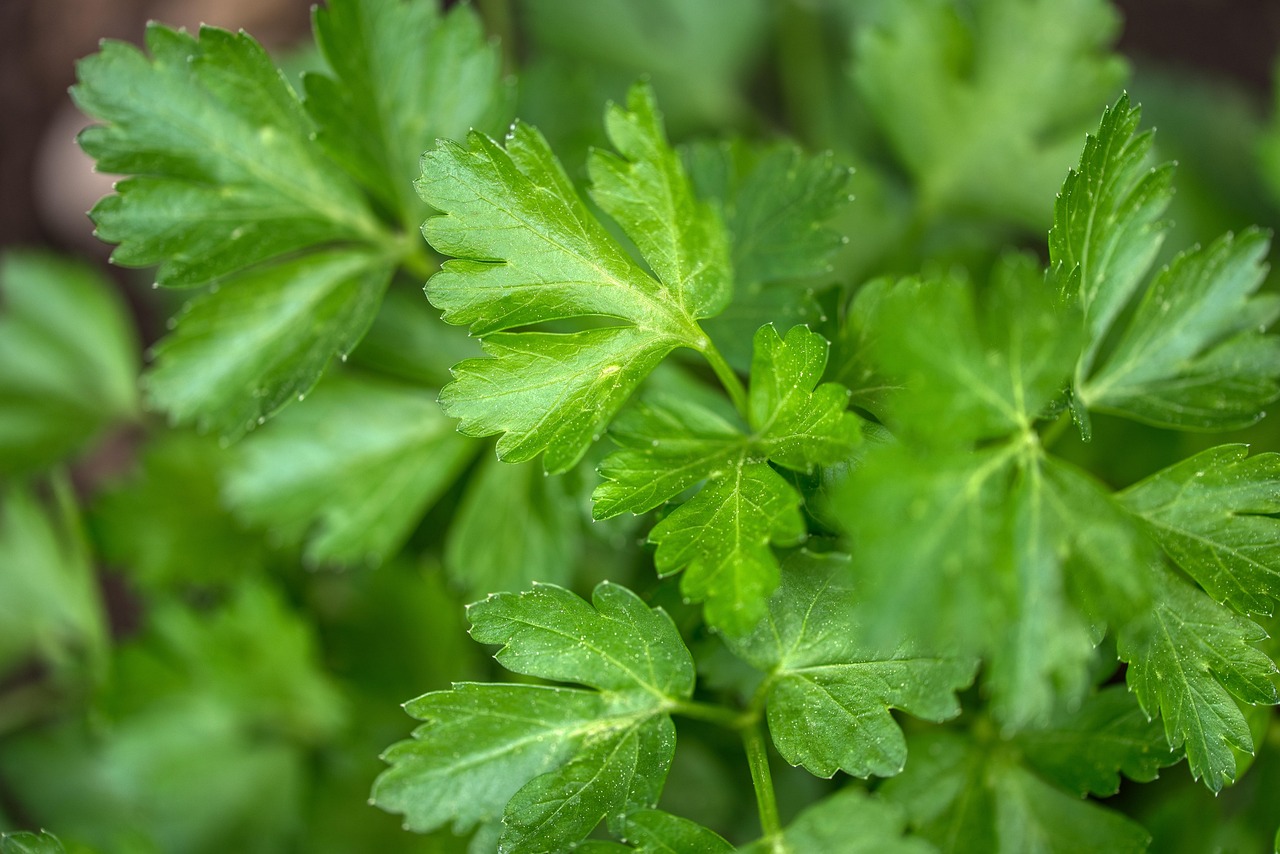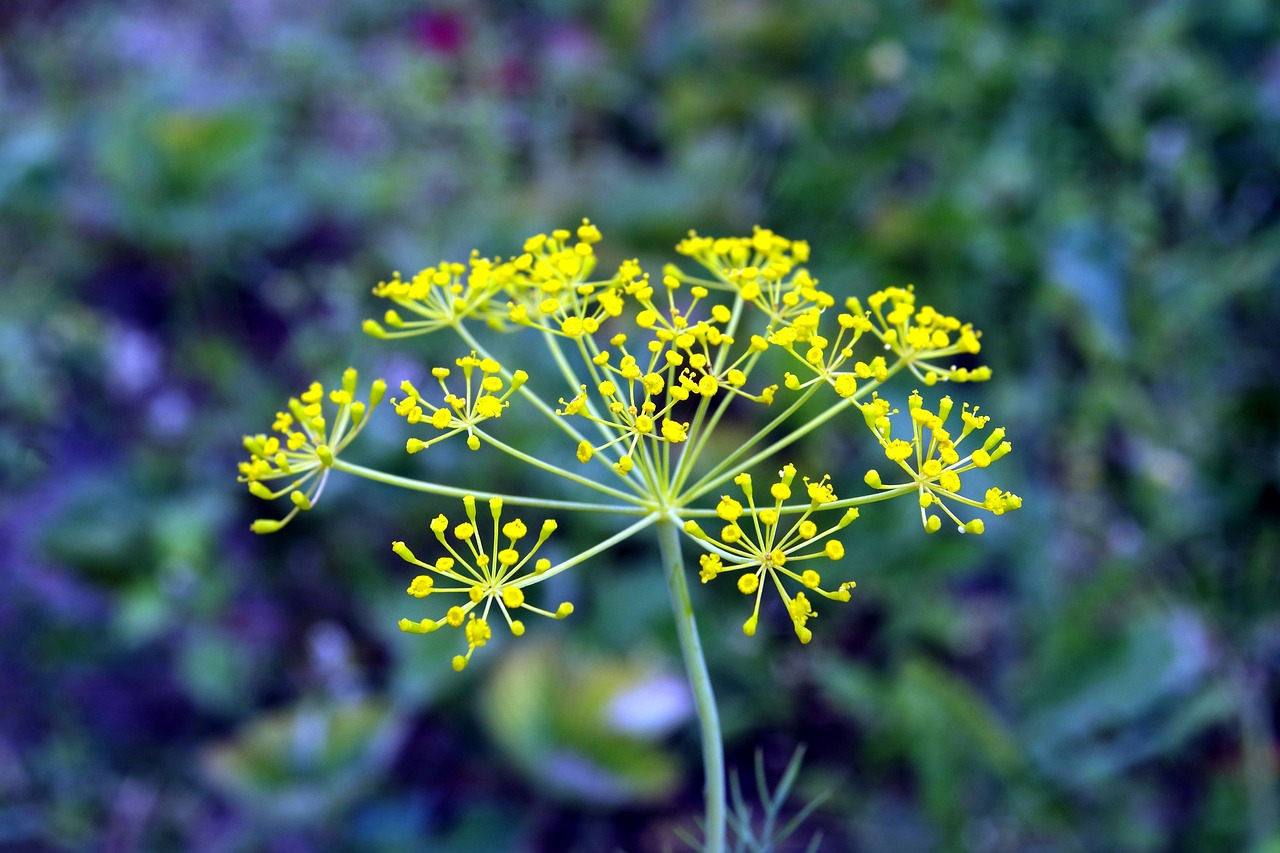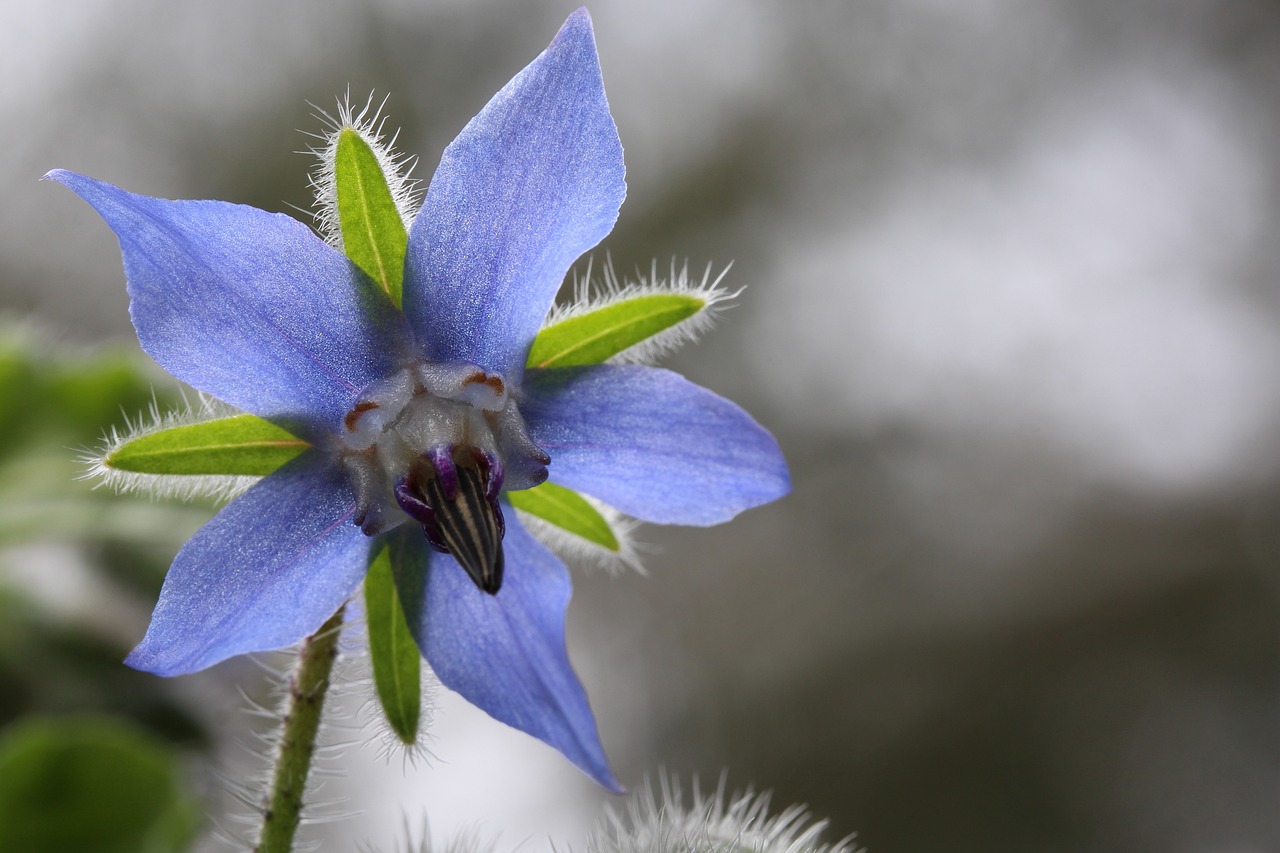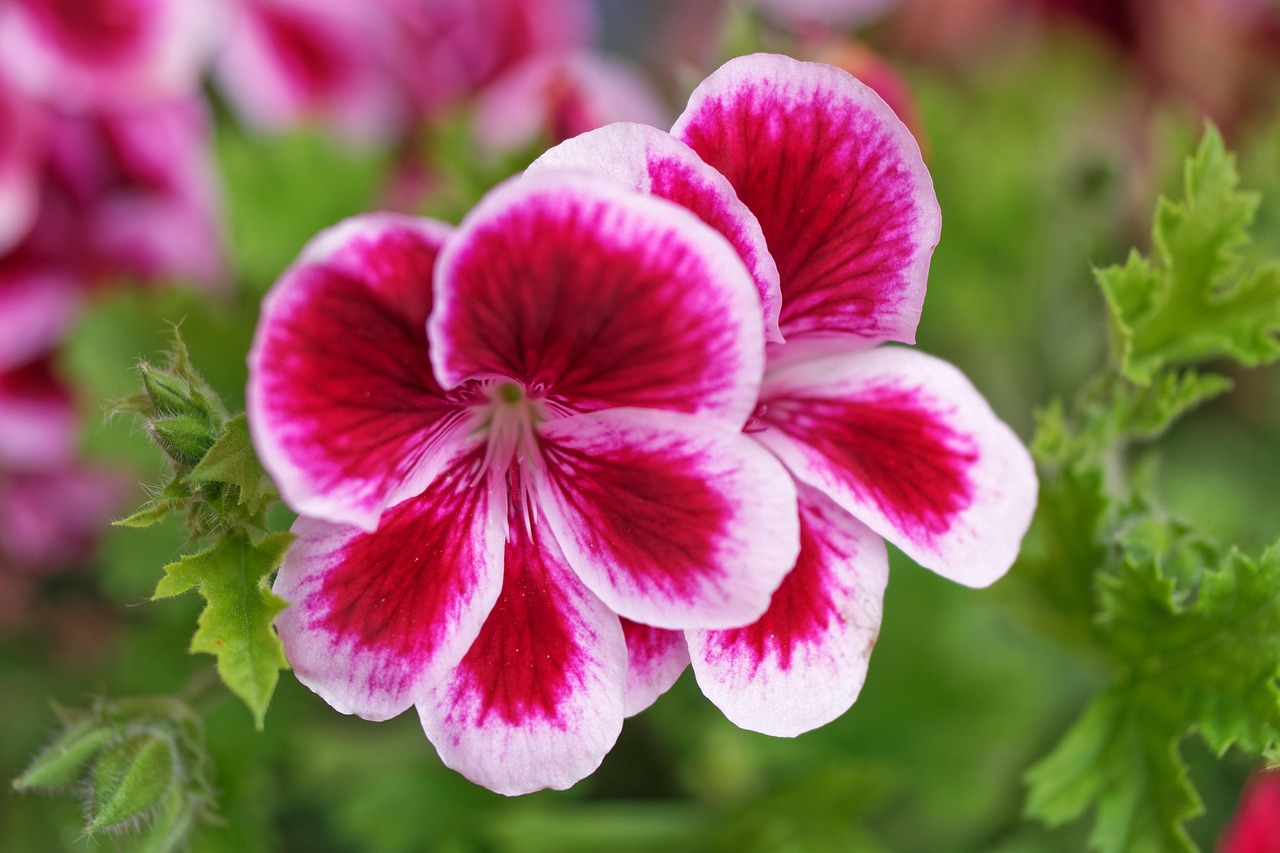Rosemary | The Mediterranean Scent that Connects Memory
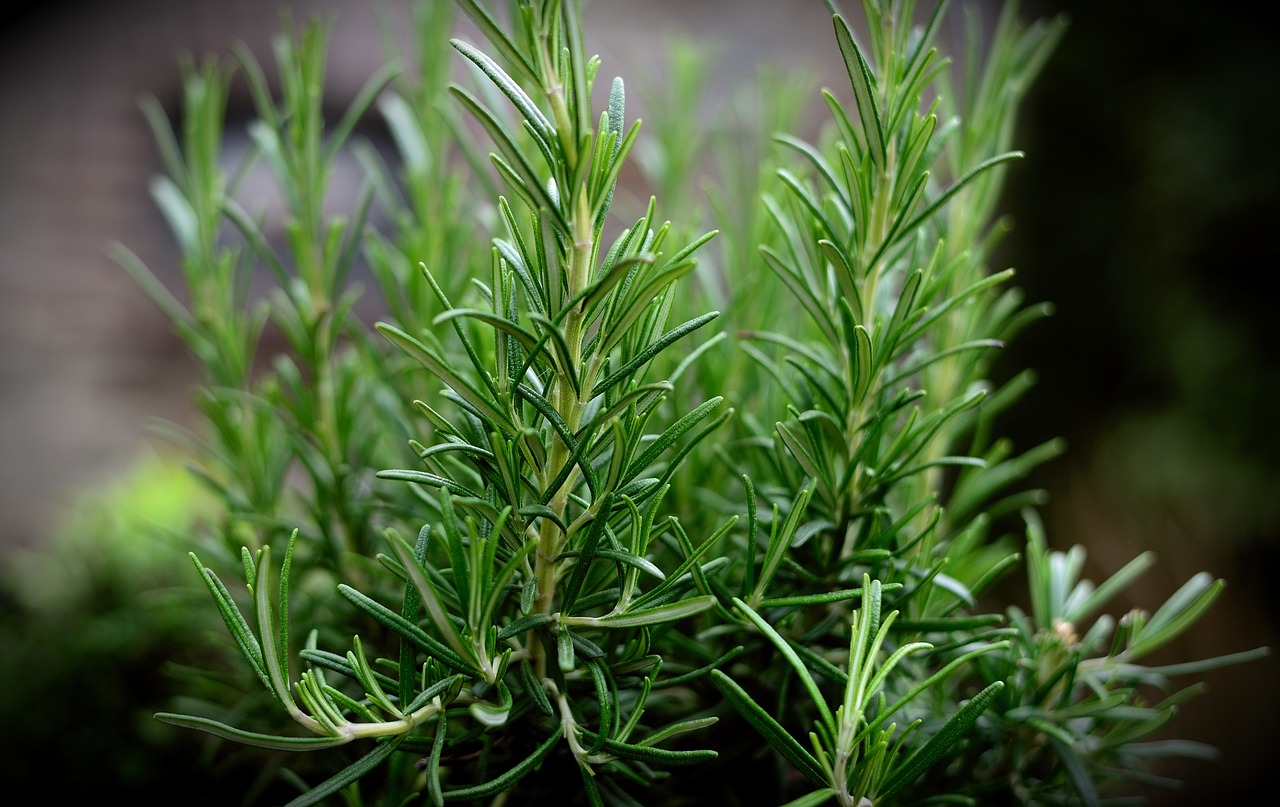
Rosemary is a popular herb, cherished for its fragrance and its beautiful evergreen leaves. I often use it as a culinary ingredient and as an accent in gardens, and because it is easy to grow, it is also highly valued in home gardening.
In this article, I explain rosemary in detail—from its basic information to its cultural uses in modern times, its history, and gardening tips.
Basic Information
- Scientific name: Salvia rosmarinus
- Family: Lamiaceae (mint family)
- Origin: Mediterranean coastal regions
- Appearance: Rosemary is an evergreen shrub with needle-like leaves. The leaves are deep green and release a strong fragrance when touched. From spring to early summer, it produces small blue, white, or pale violet flowers.
- Blooming season: Mainly from April to June, though in warmer regions it can also bloom in winter.
Cultural Significance Around the World
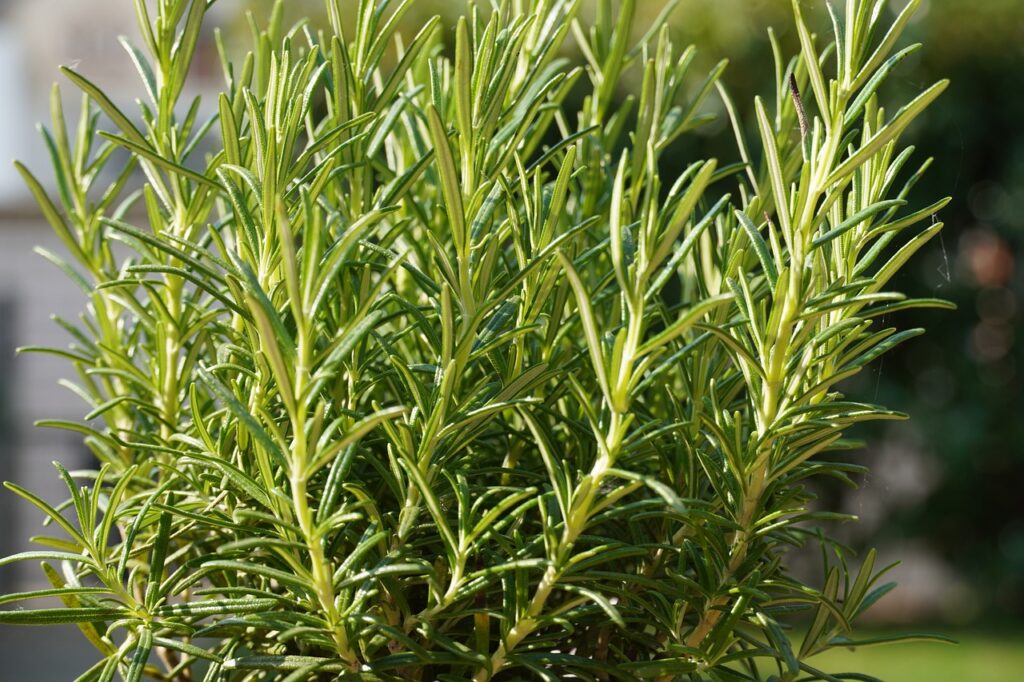
Today, rosemary is widely used in cooking and gardening.
In Mediterranean cuisine, it is indispensable, adding flavor to meat dishes, stews, bread, and olive oil. Its stems are even used as skewers for grilled dishes, allowing the aroma to infuse the food.
Rosemary also carries symbolic and decorative meanings. In the United Kingdom, it is sometimes added to bouquets or wreaths at weddings, symbolizing love and loyalty. In Australia, people wear rosemary sprigs on ANZAC Day to honor the fallen, as a symbol of memory and remembrance.
It is also popular as a decorative plant in gardens and patios, where many people enjoy its fragrance and greenery as part of their home gardens.
Historical Episodes
Records show that rosemary was used in burial rituals in ancient Egypt.
In ancient Greece and Rome, rosemary was offered to the gods, especially during ceremonies and festivals. In Greece, students were said to wear rosemary branches to improve memory.
In medieval Europe, rosemary was planted around homes and gardens to ward off evil spirits.
Notably, King Charles VI of France in the 16th century loved the fragrance of rosemary, carrying it with him when traveling and keeping it burning in his chamber.
In England, rosemary was traditionally used in weddings and funerals, symbolizing eternal love and remembrance.
Gardening Advice
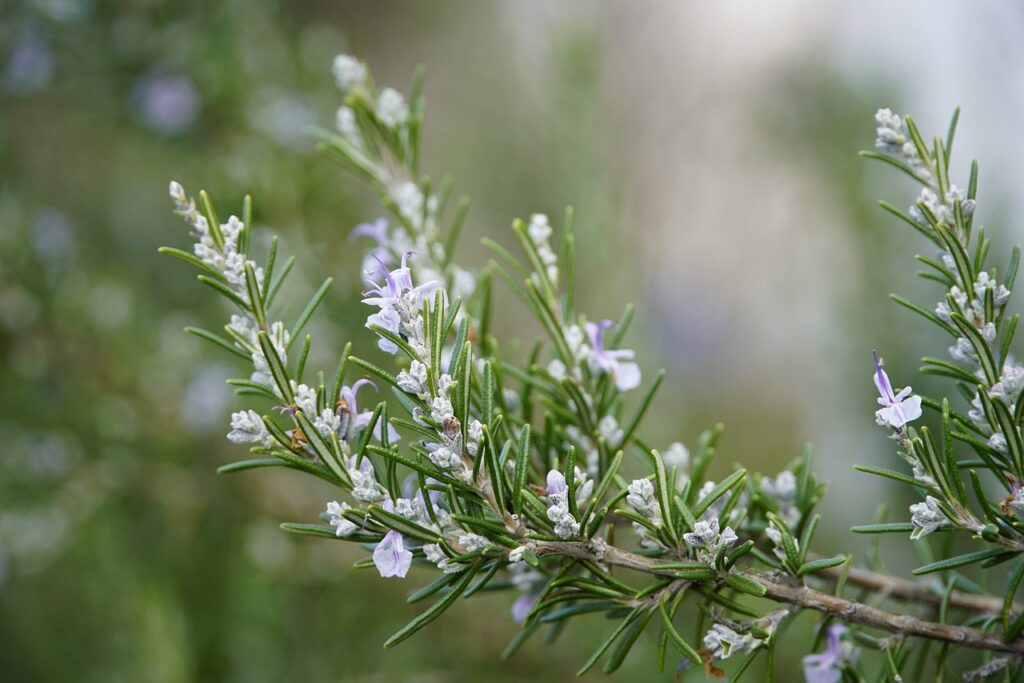
Rosemary thrives in sunny, dry environments. For garden planting, choose well-drained soil, and for pots, place gravel at the bottom to ensure good drainage. Watering once a week is sufficient, ideally after the soil has completely dried. Avoid overwatering, as dryness is key to keeping rosemary healthy.
In warmer regions, rosemary can overwinter outdoors, but in colder climates, it should be brought indoors or protected during winter.
Fertilizer is not essential, but during the growing season, applying a small amount of slow-release herb fertilizer will help the plant thrive.
Pruning should be done after flowering. Trim the new, soft growth rather than woody stems to maintain its shape.
Conclusion
Rosemary is a beloved herb that is easy to incorporate into both cooking and gardening. With a long history and deep cultural symbolism of memory and love, rosemary continues to be cherished across the world.
I encourage you to add rosemary to your garden or kitchen space, and enjoy its fragrance and culinary delights.

